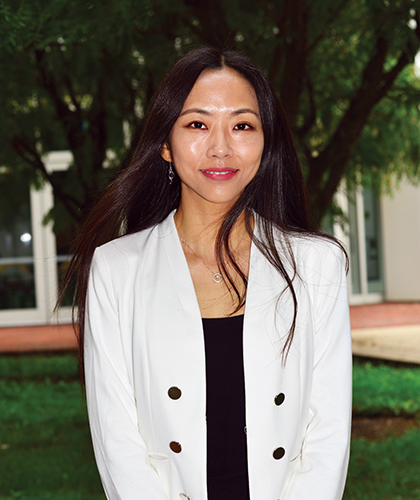The Sensors and Actuators Laboratory includes a 1500 square foot research facility that is equipped with state of the art optical testing equipment and dynamical characterization equipment dedicated to research on micro/nano sensors, photonics, and smart materials and structures. The lab has the following capabilities:
- Optical measurements: the lab has three floating 4'x8' optical tables, one static 2'x4' optical table, and one 4'x4' optical table. The optical equipment and components include Vytron 1000 fiber fusion splicer, bare fiber and connector polishers, two EDFA light sources, tunable laser, superluminescent diode (SLD) low coherence light sources with different output power and wavelengths, multiple semi-conductor lasers at different wavelength, optical power meters, multiple photodetectors at 100KHz and 1MHz, an inverted microscope equipped with fluoresce lenses; two long working distance microscopes; high speed cameras; single photon counter (Hamamatsu 8259-01), integrated optical circuit (IOC) phase modulator and intensity modulators. The lab also has a SM130-700 optical sensing interrogator from Micron Optics, which can be used to interrogate up to 100 sensors in a multiplexed sensor system.
- Sensor fabrication: the lab has a Class 1000 clean room and the laboratory is equipped with current state of the art optical spectrum analyzer (OSA) and fiber Bragg grating fabrication facilities for fabrication of fiber Bragg Grating sensors. The lab also has a DC sputtering machine for thin film fabrications in micro/nano sensors.
- Material and structural dynamics characterization: the lab has a Polytec TMS-1200 high-precision topography measuring system with state-of-the-art scanning white-light interferometers for non-contact surface profile measurements of thin film materials. The lab has also equipped with a Polytec MSV-400 Microscope Scanning Vibrometer for dynamical characterization of microscale dynamical systems and sensors.
Technologies developed in the lab have been used to develop fly-ear inspired sensors, bio-inspired robotic homing and navigation systems, system-on-a-chip multifunctional sensor platform, and miniature optical manipulation systems.

|
Miao YuProfessor301.405.3591 | mmyu@umd.edu Profile |
Top